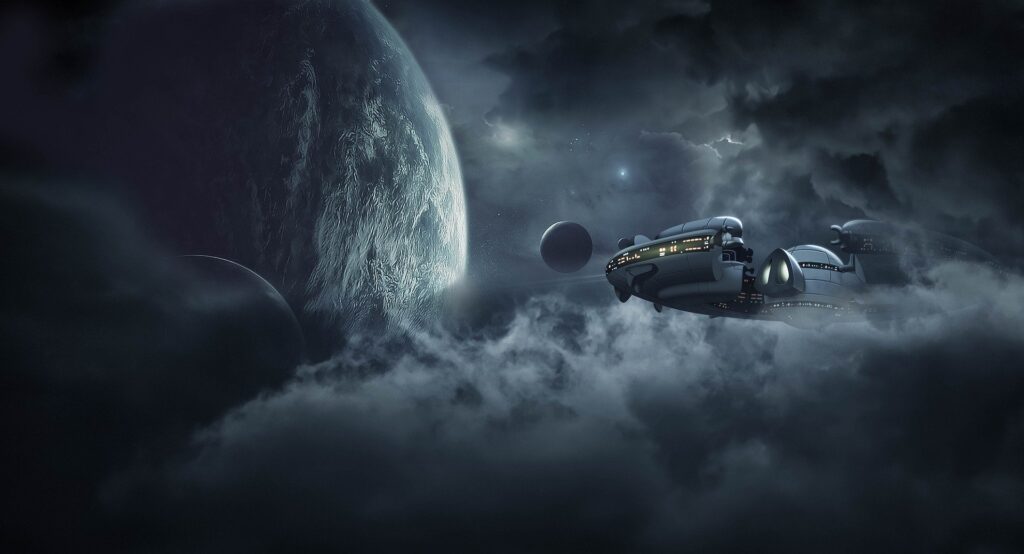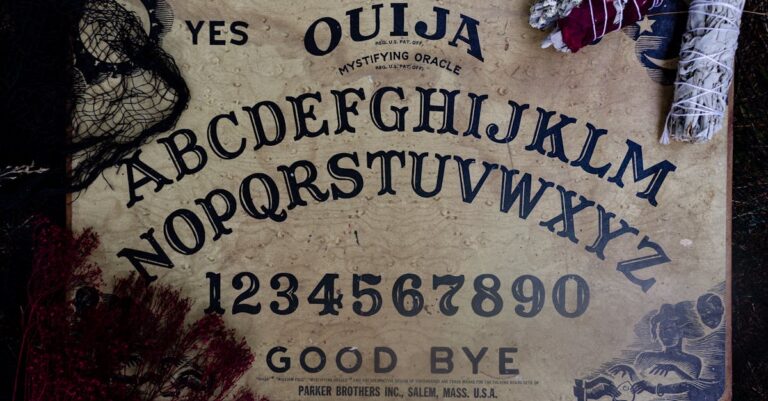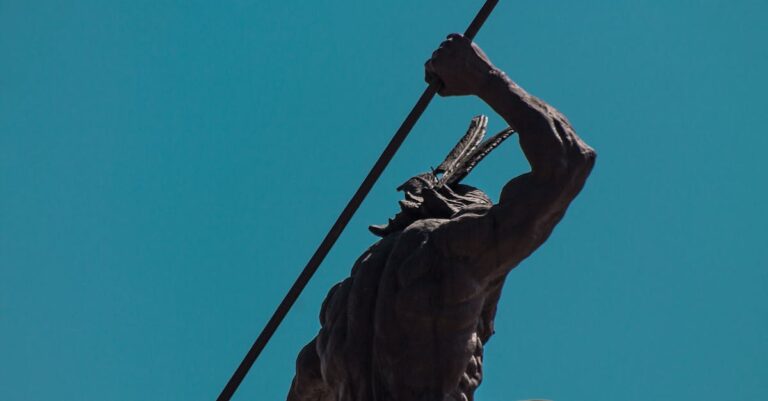
The star Solara had burned for millennia, its golden light casting long shadows over the planet Lirath. But now, its light was fading. The Lirathian civilization, a spacefaring people with a deep reverence for their sun, had spent centuries studying the cosmos. Yet no telescope could predict the silent approach of Kael’thar, a black hole lurking at the edge of their galaxy. Its gravity was already warping spacetime, pulling planets into spirals. Lirath’s orbit was destabilizing; storms raged across the surface, and the oceans boiled into vapor. The star’s end was imminent—its core collapsing into a supernova, then a singularity.
The Lirathian Council of Sages convened in the Hall of Echoes, a vast chamber where ancient star maps adorned the walls. Their leader, Kaelen Vey, stood before the gathered elders, his voice steady but his heart frayed. “We have no time for philosophy,” he declared. “The black hole will consume Solara in weeks. We must act.”
A young scholar, Elira Morn, raised her hand. “There is a way,” she said. “The Virellians. They’re an ancient race from the Andara Cluster, beyond the event horizon of Kael’thar’s influence. They’ve studied black holes for eons. They may have a solution.”
The Virellians were a reclusive species, their society built on the principle of parity—the belief that all matter, energy, and life are fundamentally equal. They had long ago abandoned their homeworld to a dying star, and their technology was powered by quantum entanglement and dark matter. To them, the Lirathians’ plight was a cosmic tragedy, but their solution came with a price.
The Virellians offered a plan: a quantum tether, a bridge of energy woven from dark matter that would allow Lirath’s most advanced ships to escape Kael’thar’s gravity well. But the tether required a sacrifice. The Lirathians would have to relinquish their sun’s energy—Solara’s core—to power the device. Without it, their planet would be left as a scorched husk, but the tether would save millions of lives.
Kaelen Vey faced an impossible choice. To save his people, he would have to sacrifice the very heart of their civilization. The Sages argued fiercely: some called it a necessity, others a betrayal of their ancestors. Elira, who had once dreamed of becoming a starfarer, now saw the cost of ambition.
In the end, Kaelen made the decision. The Lirathians pooled their resources, and under the dying light of Solara, they activated the tether. The star’s core was siphoned into the quantum bridge, its final light flaring like a supernova before vanishing into the black hole. The tether hummed with energy, and Lirath’s fleet launched, escaping the gravitational maw of Kael’thar.
But the cost was profound. Without Solara’s warmth, Lirath became a frozen wasteland. The Virellians, bound by their principle of parity, could not offer further aid—they had no resources left to spare. The Lirathians were forced to abandon their homeworld, their history, and their culture to survive.
Years later, as the surviving Lirathians drifted through the cosmos aboard the Starborne Ark, Kaelen Vey stood at the edge of the ship’s observation deck. He gazed at the stars, now distant and cold. The Virellians had saved them, but at what price?
Elira, now a historian, recorded the tale: “We traded our sun for a future. But in doing so, we lost the past. The stars remember what we forgot.”
And somewhere in the void, Solara’s light still burned—erased from time, yet forever etched into the hearts of those who had once called it home.


